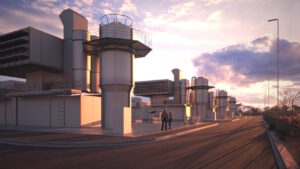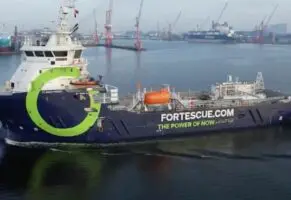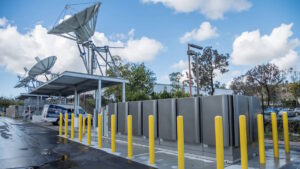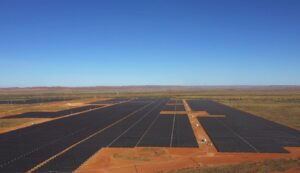CSIRO hydrogen spinout Hadean Energy has won a grant to build a small 5kW electrolyser for a power plant in the UK run by French nuclear energy giant EDF.
The project, which is part of a consortium with a range of academic and commercial partners, is a real-world demonstration of the Australia-made technology, says Hadean CEO Chris Rowland.
The company will access a grant through the $10 million Australia-UK Renewable Hydrogen Innovation Partnerships program, which provides grants up to $2 million to build and test renewable hydrogen projects.
The final grant figure isn’t available yet as final contracts are yet to be signed, although Rowland says that should be public come early June.
EDF Energy is the biggest zero carbon energy company in the UK, operates all of France’s nuclear plants as well as solar and wind farms. The final location for the Hadean project will likely be at one of the nuclear plants it operates in the UK.
Rowland says the technology – which uses waste industrial heat – has obvious synergies with nuclear power, which throws off vast amounts of “recyclable” heat.
The project will be completed over three years, with a bevy of partners to handle certification, monitoring, and verification to show how the technology could be beneficial across an energy supply chain.
The goal is to build the device with CSIRO help at the Hadean HQ in Clayton, Melbourne, and demonstrate it by late next year, before shipping it to the UK, Rowlands says.
“This paves the way for industrial decarbonisation through affordable green hydrogen production,” Rowland said.
“This funding will allow Hadean and our partners to accelerate the development of our innovative technologies and contribute to the establishment of a robust renewable hydrogen economy in both Australia and the UK.”
The EDF installation will come after Hadean launches its first real-world test, at BlueScope’s Port Kembla Steelworks.
That four month trial is set to start around the end of June.
“[It will show the] verification and the promise of our technology, and it’s also an industrial integration with a real world hydrogen user,” Rowland says.
“It’s really about integrating our technology with a real world user to demonstrate that there is an existing use case for green hydrogen technology that can be accessed today.”
From waste heat to asset
Electrolysers that can make use of industrial heat are built as square or rectangular solid ceramic electrolytes. They are challenging to scale, degrade at high temperatures, and the long seals at the edges of the flat shapes create a lot of opportunity for leaks.
Hadean’s tubular solid oxide electrolysis (SOE) technology instead is built as a tube: instead of multiple flat edges to seal, there are only two ends.
The technology uses steam from industrial processes to split into oxygen and hydrogen, and industrial process heat to bring down the energy levels needed to break the molecules apart and therefore the cost of making hydrogen, or synthetic gases by splitting carbon dioxide molecules.
Electrodes inside and outside the tube provide the power to split the molecules. The ceramic material allows the oxygen ions to escape while retaining the hydrogen.
The Hadean team, led by Dr Gaurpreet Kaur who refined the system design, say the design uses 30 per cent less electricity, or about 40 kilowatt hours (kWh) per kilogram of hydrogen than a proton exchange membrane (PEM) electrolyser or an alkaline system, when run at 800°C.
A PEM electrolyser uses about 55 kWh/kg of hydrogen.
At temperatures around 200-300°C, it is 20 per cent more efficient.
For companies with superheated steam available, it means they can skip the extra step of putting it through a turbine to then power a PEM electrolyser. For companies with low quality – lower temperature – steam they can still use it rather than cooling it using chillers.








